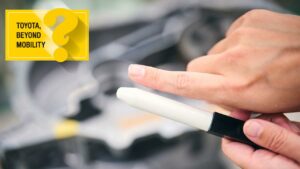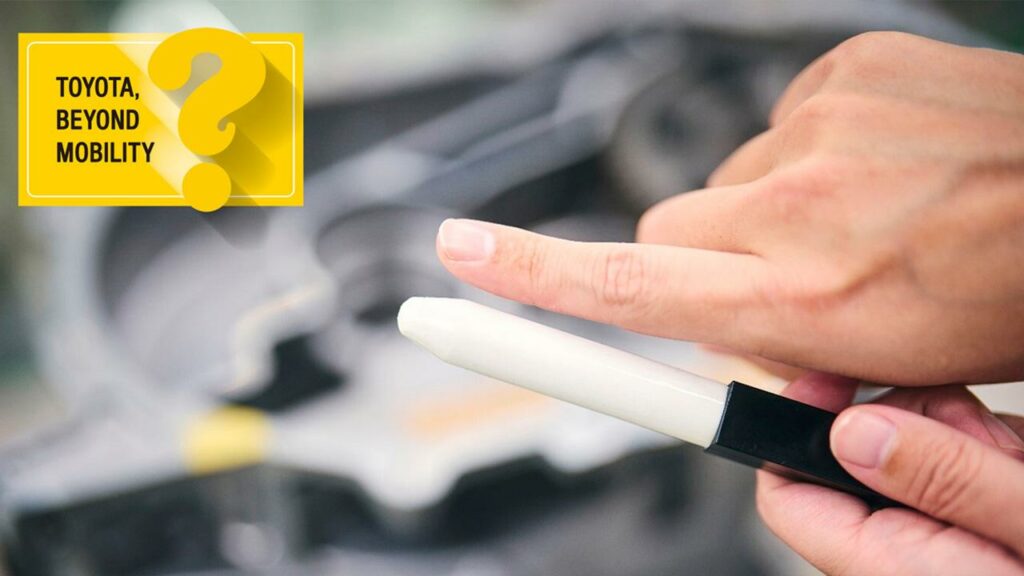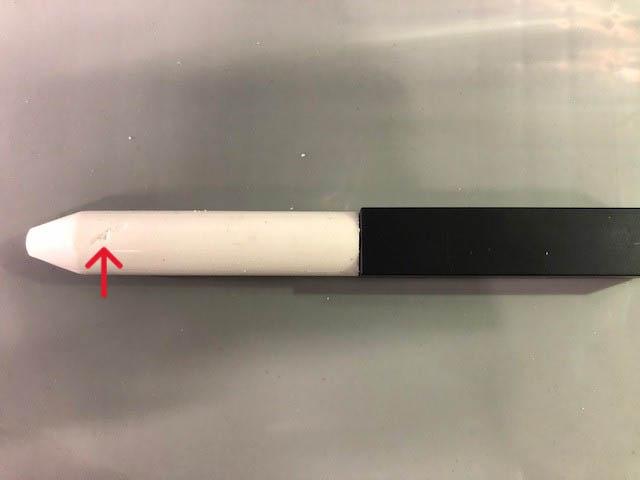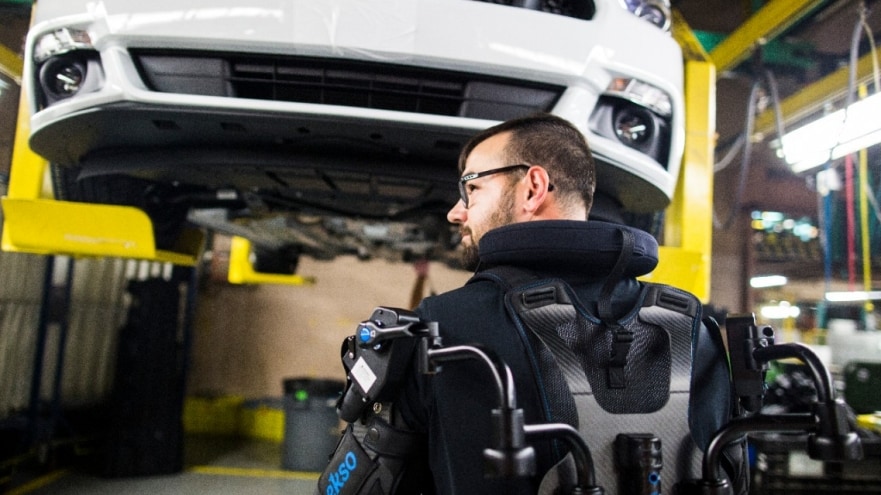
Toyota uses dummy finger to evaluate dangers on the production line
By onTechnology
Toyota has found that as it advances its automated production line, humans are still at risk of injury, especially injury to their fingers or hands, according to a Toyota article published in its Toyota Times.
The automaker has started using dummy fingers to evaluate dangers, such as fingers caught in equipment, and tweak its equipment in response, the article says.
Toyota’s Manufacturing Engineering Department Manager Takeo Mori was the first to develop a dummy finger for the company.
“This is for the safety of everyone working on site,” Mori told the Toyota Times. “This is true for the manufacturing industry in general, but as the birthrate declines [in Japan] and the population ages, the working population will steadily decline. We will likely be working with robots more than ever before. As humans and robots become closer together, there is a growing concern about the safety risks to workers’ hands.”
Mori said Toyota started developing a finger dummy in collaboration with Panasonic Product Center and Nagoya University to evaluate safety in 2019.
“Many automobile parts are hard or sharp,” Mori said. “There was also a lot of detailed work, and we needed a tool that could assess the degree of finger entrapment in a small surface area.”
He told the Toyota Times that, while Panasonic wanted a finger dummy that could electronically collect data, Toyota decided to start testing with an “analog” method.
“Each factory is required to introduce robots with higher productivity than ever before,” Mori said. “However, if equipment safety evaluation takes too long, implementation will be delayed. Analog methods can reduce the time and effort needed for safety evaluations.”
A finger dummy is made from pig skin, which is similar to human skin, the article says. A steel core is the same thickness of bone. The fingers have been shaped to imitate fingers of adult men and women, along with seniors.
When the finger is caught in machinery, it shows a laceration, similar to human skin, the Toyota Times article says. Toyota is then able to adjust the force of particular machinery to avoid similar injuries in humans.
Mori tells the Toyota Times that the fingers are now being used to test more than just machinery on the factory floor.
“The other day, we received a request from a department that makes tonneau covers, which separate the luggage compartment and passenger space of cars, to perform safety evaluations using finger dummies,” Mori said. “We also hope to improve safety not only at manufacturing sites but also for our customers, such as by evaluating when a finger is caught in a car door.”
In recent years, Ford has also introduced technology with a focus on reducing injury. It rolled out a wearable exoskeleton technology in 2018 that plant workers use when performing repetitive overhead tasks.
“Imagine lifting a bag of flour or a watermelon over your head up to 4,600 times a day as part of your job — that is similar to what some Ford employees do every day as they work to build vehicles around the world,” a Ford press release says. “Repetitive motions like those can lead to fatigue and injury for workers, but now Ford is rolling out a new wearable technology globally called EksoVest that helps reduce injury risk in some plant workers after a successful trial in two U.S. plants.”
Ford claims the lightweight and not bulky vest helps workers elevate and supports arms while performing overhead tasks such as reaching up with a power tool to screw bolts.
EksoBionic website lists automotive mechanics as one industry its vests could be used. It doesn’t list prices on its website.
Hilti lists multiple Exoskeletons on its website priced between $750 and $1,449. A YouTube video from the company claims it is easy to adjust for comfort.
IMAGES
Feature photo and first two photos in the story are courtesy of Toyota. Third photo is courtesy of Ford.



